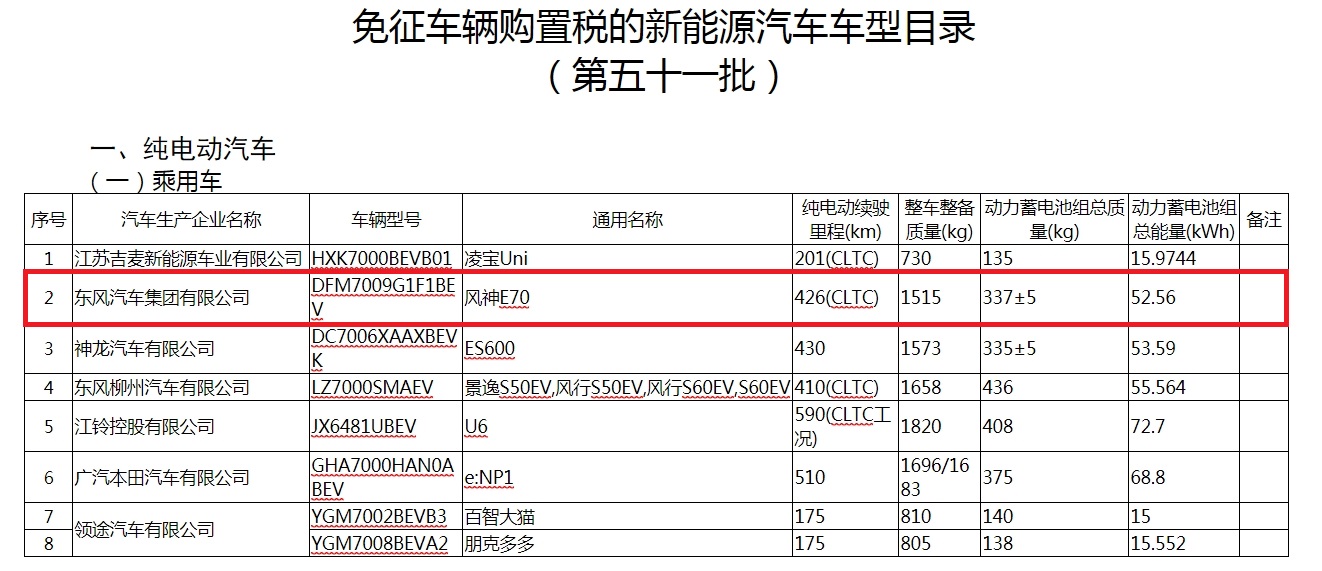| 新能源,欧洲,储能市场,用户侧,储 欧洲能源市场的监测机构Delta-ee公司受欧洲储能协会(EASE)的委托进行了一个调查,调查报告预测意大利的用户侧储能部署将在2021年之后可能会飙升。欧洲储能协会(EASE)通过每年发布两次储能市场监测报告 来追踪市场发展状况。 这份调查报告的作者之一,Delta-ee公司能源存储研究服务产品经理Valts Grintals表示,欧洲能源市场将会受到当地补贴以及强劲的太阳能市场推动。 与往年只是单一地关注欧洲储能市场的报告不同,这个市场监测报告扩展到泛欧的范围,涵盖德国、英国、意大利、法国、西班牙、北欧、中欧、东欧以及其他大陆。 例如,报告表明北欧国家对商业和工业储能系统的市场需求强劲,此外,北欧地区数据中心也得到了更多的增长。这项研究还对补贴和非补贴驱动的市场进行了比较。 德国和意大利是补贴驱动储能市场的好例子。另一方面,英国的储能量和市场成本正在下降,就像太阳能上网电价被逐步淘汰一样。 在英国,用户侧储能仍然没有太大的经济意义。但是,无论如何,其储能市场规模正在开始上升,其部分得益于宜家公司于今年8月推出的太阳能和存储产品。 宜家公司估计,这套储能系统每年将为业主节省高达560英镑(741美元),比单独使用太阳能电池板所节省的成本要多67%,从而为典型的客户提供12年的投资回报,或每年6%的投资回报。 英国用户侧储能量的增长反映了对欧洲电网侧部署重要性的预测将会下降。 调查结果再次肯定了以往研究的趋势,例如彭博新能源金融(Bloomberg New Energy)2016年的研究报告预测,全球的储能部署量将在2020年和2021年之间超过公用事业规模。 美国也具有同样的趋势。调研机构GTM Research公司预计到2021年,用户侧储能系统将占据美国储能市场的一半份额。 Delta-ee公司强调的一个更令人惊讶的趋势是,已经出现没有获得大量补贴的太阳能储能市场。 根据SolarPower Europe的2017-2021年全球市场展望表明,根据2016年底的装机容量,德国,意大利和英国成为欧洲三大太阳能市场(全球名列第四、第五、第六)。将蓄电池连接到屋顶的太阳能是这些国家采用储能技术的一大动力。而在未来,爱尔兰和挪威等国太阳能市场将加快发展。 在报告中,在这里,Delta-ee公司认为电动车的普及将有助于储能的采用。电动汽车可以单独作为电池储存单元工作。然而,随着“车辆到电网”(vehicle-to-grid)技术的成熟,Delta-ee公司预计住宅的业主将购买额外的电池,以便车辆充电方面具有更多的灵活性。 Grintals表示,目前用户侧储能和电动车充电市场将会得到更大的发展。“储能厂商除了提供电池产品之外,还将提供充电器,由于其作为电池装置的一部分,都为同一个住户提供产品和服务。” Grintals认为,欧洲储能市场的第二波发展浪潮应该在2021年开始出现。 “而在此之前,还有几个监管问题需要解决。”他说。 Europe’s Energy Storage Market Is in Transition The region shifts from a reliance on subsidies and solar to install batteries, to market signals and EVs. Jason Deign December 21, 2017 Italy could be poised to overtake Germany as Europe’s top energystoragemarket after the turn of the decade, a new report predicts. The European Market Monitor on Energy Storage, compiled by Delta-ee on behalf of the European Association for Storage of Energy (EASE), forecasts Italian behind-the-meter installations could soar after 2021. The market will be driven by local subsidies, coupled with a strong solar market, said report author Valts Grintals, product manager for the energy storage research service at Delta-ee. Unlike previous reports, which tended of focus on single European energy storage markets, this market monitor has a pan-European scope, covering Germany, the United Kingdom, Italy, France, Iberia, the Nordics, Central and Eastern Europe, and the rest of the continent. It shows, for example, that the Nordic countries could see strong demand for commercial and industrial energy storage systems, coupled to the growth of data centers in the region. The research also allows for comparisons between subsidy- and non-subsidy-driven markets. Germany and Italy are good examples subsidy-driven markets. Alternatively, the U.K. has scaled purely on the back of decreasing costs for energy storage and market signals, just as solar feed-in tariffs are phased out. In the U.K., behind-the-meter storage still does not really make much economic sense. But the market is starting to take off regardless, in part thanks to off-the-shelf solar-plus-storage offerings such the one launched by Ikea in August. Ikea estimates the systems will save homeowners up to £560 ($741) per year, or about 67 percent more than the savings from solar panels alone, allowing for a 12-year payback for a typical customer, or a 6 percent annual return on investment. The growth in behind-the-meter storage in Britain reflects a predicted decline in the importance of front-of-meter installations across Europe. The finding reaffirms a trend revealed in previous studies, such as 2016 research by Bloomberg New Energy finance that forecasted worldwide behind-the-meter storage would overtake utility-scale installations between 2020 and 2021. The same trend is underway in America. GTM Research projects that behind-the-meter systems will make up half of the U.S. storage market by 2021. A more surprising trend highlighted in the European monitor is the emergence of energy storage markets that have not experienced substantial subsidy-based solar buildouts. Germany, Italy and the U.K. were Europe’s top three solar markets (and fourth, fifth and sixth worldwide) by installed capacity at the end of 2016, according to SolarPower Europe’s 2017-2021 Global Market Outlook. Tying batteries to rooftop solar is a big driving force for energy storage adoption in these countries. But in the future, Europe will see capacity installed in countries such as Ireland and Norway. Here, Delta-ee believes energy storage adoption will be helped by the spread of electric vehicles. Electric vehicles can potentially work as battery storage units on their own. However, until vehicle-to-grid technology matures, Delta-ee predicts homeowners may want to buy additional batteries to have more flexibility in vehicle charging. Currently, said Grintals, behind-the-meter storage and electric vehicle charging are being considered together. "Storage players in the market are offering chargers in addition to the battery, so it’s part of the package. They would both work within the same household.” Overall, the story is about a transition from markets linked to subsidies or solar to ones that are less dependent on government support and where factors such as electric vehicle ownership are propping up battery adoption. This second wave of European energy storage markets should begin to emerge from 2021 onward, said Grintals. Before then, “there’s a few regulatory issues that need to be sorted out,” he said. EASE is aiming to track developments by publishing the market monitor twice a year. https://www.greentechmedia.com/articles/read/europe-energy-storage-market-growth-subsidies-solar-batteries-electric-cars#gs.VEmaRXQ |
欧洲的储能市场正在转型
文章来源:中国储能网 发布时间:2017-12-28
摘要:欧洲能源市场的监测机构Delta-ee公司受欧洲储能协会(EASE)的委托进行了一个调查,调查报告预测意大利的用户侧储能部署将在2021年之后可能会飙升。欧洲储能协会(EASE)通过每年发布两次储能市场监测报告 来追踪市场发展状况。
上一篇:英国储能项目储备呈爆发性增长
下一篇:氢能城市客车量产车型亮相
高亚光委员:尽快出台电动自行车锂电池强制性标准
2017-12-28
这家公司正式纳入宁德时代供应链体系!2017-12-28
新能源汽车行业动力电池数据跟踪:磷酸铁锂产量增幅较大 锂价格大幅增长2017-12-28
碳酸锂突破50万/吨:别贪婪,该恐惧2017-12-28
中国电动汽车充电技术发展趋势研判2017-12-28
储能市场处于爆发前夜2017-12-28
远信储能与云南楚雄州姚安县签约年产2GWh锂电池储能装备 制造项目2017-12-28
福特中国也考虑用磷酸铁锂刀片电池?2017-12-28
新面貌,新征程!西子洁能(原杭锅股份002534)全新官网重磅上线!2017-12-28
其他资讯
- 全国政协十三届五次会议首场新闻发布会
全国政协十三届五次会议新闻发布会今天(3月3日)下午举行,新闻发布会采用网络视频... - 我国对欧投资保持逆势增长 2021年中欧...
商务部有关负责人表示,2021年,尽管面临的形势比较复杂严峻,但是中欧之间的经贸... - 中国两会的世界期待
2022年全国两会召开在即。在新冠疫情持续不断、全球经济复苏充满不确定性、国际格... - ·十三届全国人大常委会第三十三次会议在京举行
- ·国家发改委:坚决淘汰煤化工领域落后产能
- ·两部门:健全能源供应保障和储备应急体系
- ·全球天然气价格暴涨,中国如何打赢今冬“冷战”...
- ·全球制造业PMI连续下降 全球经济复苏动能持...
- ·习近平出席2022世界经济论坛视频会议并发表...
- ·国家能源局关于印发能源领域深化“放管服”改革...
- ·国家能源局 农业农村部 国家乡村振兴局关于印...


 吉公网安备 22010402000830号
吉公网安备 22010402000830号